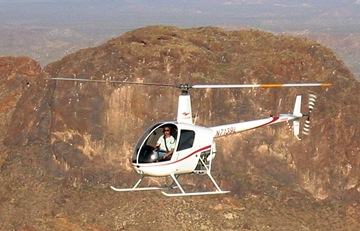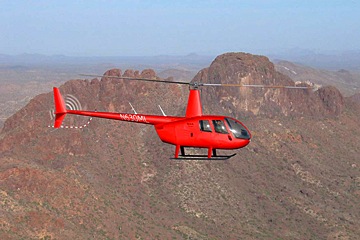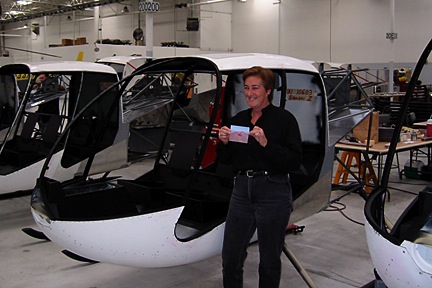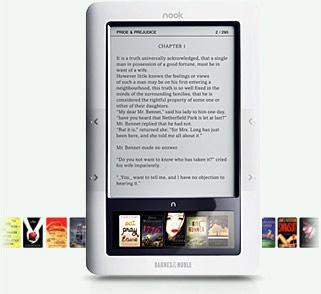Some thoughts from a top tier player.
A few weeks ago, I had lunch with my friend and editor — and yes, it is possible to be friends with an editor — Esther. Like me, Esther also writes about computers and computing for a living. But while my audience tends to be end users, hers are of a more technical or managerial nature. In other words, she writes stuff I probably couldn’t understand.
We got to talking about writing and why people do it. During the conversation she (or we?) said something that was so profound to me at the time that I wrote it down on a notepad I’d brought along. It was the only note I’d jotted down during our lunch:

 I see these reasons for writing as three separate but overlapping groups that a writer might be part of.
I see these reasons for writing as three separate but overlapping groups that a writer might be part of.
Do you remember set theory back in high school math? You can have multiple groups of people, some of which belong to more than one group while a limited number belong to just one group. I’ve created this image to visualize what I mean. Keep this image in mind as you read the next three sections.
Write
One group of people write to fulfill a desire or need to write.
If you’re one of these people, you know it. You’ve likely been writing or at least telling stories since you were a child. Perhaps you were the queen of the campfire with your original and frightening ghost stories. Perhaps you told yourself stories to get to sleep. Perhaps you always had at least one notebook filled with the never-ending saga of some characters you’d dreamed up to populate your made up world.
There are many thousands of people worldwide who belong to this tier. They write primarily because they need to. There’s something in their head and they need to get it out.
Some of these people share their work with others, but I’m willing to bet that a good percentage of them — perhaps even half or more — don’t. They don’t need to share. They just need to create, to get the words out.
But some of these people also belong to one or more of the other groups.
Get Published
A large (but not as large) group of writers write because they want to get published. Creating isn’t enough for them. They want to see their work in print. They want to have a book or magazine they can hold in their hand and show off to friends and family.
Although they might not realize it, having a published work is a lot like getting a trophy. It’s a symbol of an accomplishment.
Esther and I talked at length about how easy it is to get published these days. Yes, I did say easy. While vanity presses have been around for a long time, blogging and print on demand publishers make getting published cheaper and easier than ever before. Now anyone who wants to get published can get published — no matter how good or bad his work is.
This just reinforces my trophy analogy. After all, you can get a trophy two ways: by having it given to you by someone else who believes you’ve earned it or by going to the trophy store and buying it for yourself. That’s the difference between being published by an established publisher who is publishing your work because he thinks it deserves to be published and self publishing your work because you think it deserves to be published.
Some people write solely because they want to get published. They have no desire to be writers at all; they just want the end product — a published work — in hand. Who might be in this group? How about a professional in a non-publishing field who wants to look like an expert in that field? A doctoral candidate? A college professor?
While just being published is enough of a motivation for the people in this group, some want to take it the next step and are part of the last group.
Earn a Living
An even smaller group of writers write because they want to earn a living as a writer. Perhaps they are interested in the perceived lifestyle or the ability to earn a living from their creative efforts. They imagine working in their pajamas whenever they feel like it, doing book signings where they’re surrounded by adoring fans, and raking in enough dough to buy homes and cars and perhaps even helicopters.
(Ah, if only it were that easy!)
Some people write soley for this reason. They don’t care about the writing itself and the idea of having a published book is meaningless without the cash. They just think it might be an easy way to earn a living and heck, who wouldn’t want that?
But most really do want to write and do have a desire to be published.
The Reality
Unfortunately, motivation doesn’t always match reality.
You might write because you want to get published, but can you achieve this? Although it’s easier now than ever before, it’s still beyond the ability of many writers.
And what if you want to earn a living as a writer? A very small percentage of writers do.
 So rather than using set theory to illustrate the realities of writing, it might be better to use a pyramid shape with multiple tiers, as shown here.
So rather than using set theory to illustrate the realities of writing, it might be better to use a pyramid shape with multiple tiers, as shown here.
At the bottom are the people who are writing but have not yet achieved publication.
Next up is a smaller group of writers who have achieved publication but have not yet written or published to the point where they can earn a living as writers.
And at the top is a much smaller group of writers who can actually earn a living as writers.
If you’re a writer, it should be pretty easy to figure our which tier you’re part of.
What this Means
What does this mean to the folks whose circle doesn’t match their tier level? For many folks, it just means you need to keep trying or try harder.
Let’s look at the folks in the Get Published or Earn a Living circle who are in the bottom tier of the pyramid. Have you tried to get your work published? It’s quite difficult to go any further until you do. If you have, but haven’t succeeded, why? Putting self-publishing aside for a moment, are you being rejected because you aren’t meeting the needs of publishers? Is the quality of your work sufficient for publication? Are you being reasonable and understand that an established publisher knows more about the industry and what will sell than you do? Or, if you have a niche market for your work, have you considered self-publishing?
How about the folks in the Earn a Living circle who are in the middle tier of the pyramid. Why isn’t your work selling well enough to earn you a living? Is the target audience too small? The book too expensive? Has the publisher — who may be you! — dropped the ball as far as marketing and promotion is concerned? Is there too much competition? Not enough interest? If a published work doesn’t sell, there won’t be enough money coming in to earn a living.
It all comes down to you. You need to write what people want to read. You need to get it published and marketed in a way that’ll sell it. It’s not an easy task and the work never ends. Unless you’re talented and fortunate enough to write and publish a best-seller, the work never ends.
The View from Near the Top
I’m sitting in the middle of the top tier right now, but I could slip down within my tier — or even to a lower tier — at any time. I have to keep working, keep writing, keep getting my work published by organizations that can sell it. I’m a cog in a wheel and that wheel is changing its shape as the publishing industry evolves.
Yes, I come to work in my pajamas sometimes and yes, I’ve even bought helicopter. But I also work harder than 95% of the people I know — people who whine and complain about their bosses as they stand chatting around the water cooler. People who know at the beginning of the year exactly how much they’ll make by year-end. People who have health benefits and weekends off.
It’s skill and hard work that got me where I am. And it’ll be skill and hard work that keeps me here.
And there’s room up here for anyone who’s not afraid of the climb.






 Then Barnes and Noble introduced its Nook. Or at least it announced it. It seemed more in line with what I was looking for in size, cost (for the unit and books), features, and flexibility. I visited B&N stores regularly to get my hands on one and give it a try. No joy there. Even after November 30, when the units were supposed to be available for purchase, I could not seem to find one. And I certainly wasn’t going to buy one until I either read a lot of reviews about it or had some quality time with a demo unit. I did see a few reviews and they were, for the most part, positive. But I still wasn’t prepared to buy one until I could walk away from the store with it.
Then Barnes and Noble introduced its Nook. Or at least it announced it. It seemed more in line with what I was looking for in size, cost (for the unit and books), features, and flexibility. I visited B&N stores regularly to get my hands on one and give it a try. No joy there. Even after November 30, when the units were supposed to be available for purchase, I could not seem to find one. And I certainly wasn’t going to buy one until I either read a lot of reviews about it or had some quality time with a demo unit. I did see a few reviews and they were, for the most part, positive. But I still wasn’t prepared to buy one until I could walk away from the store with it.